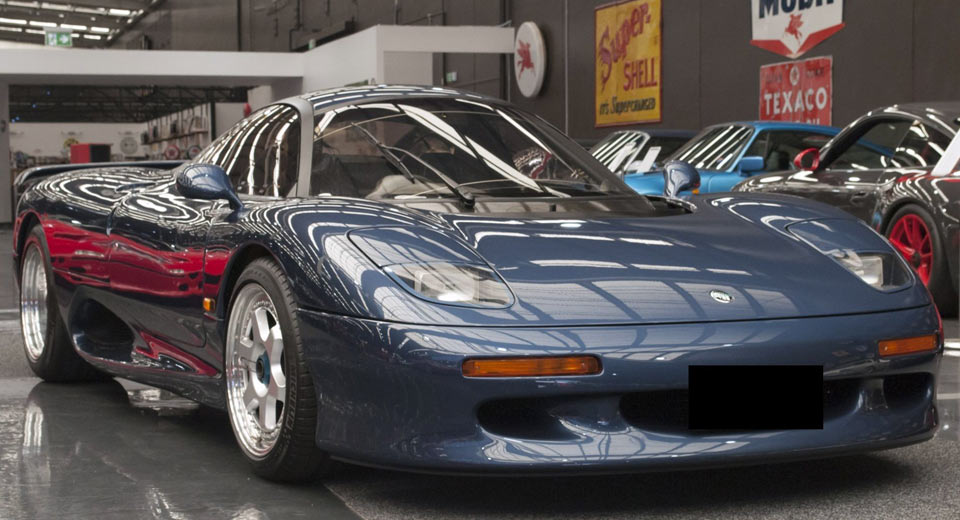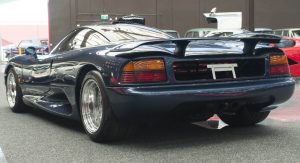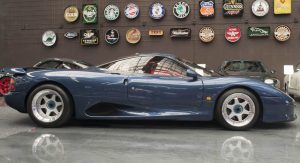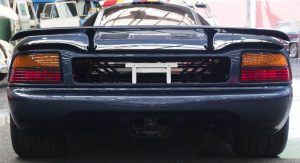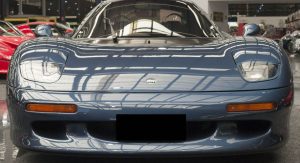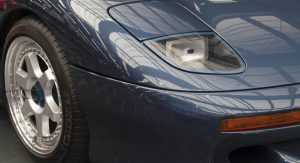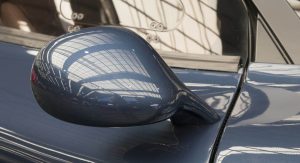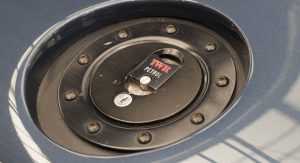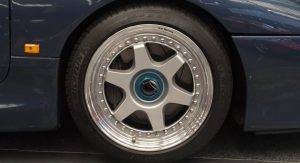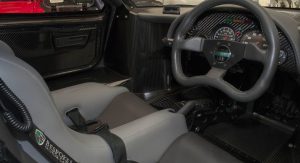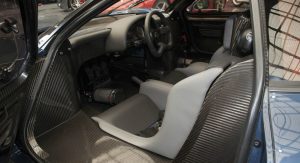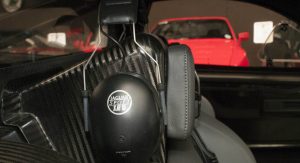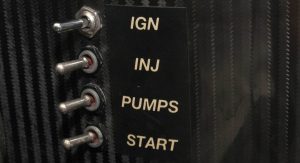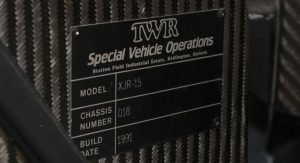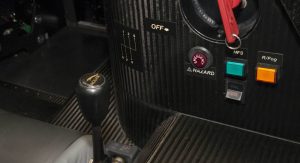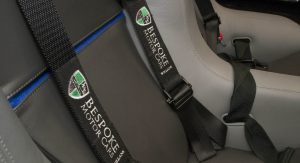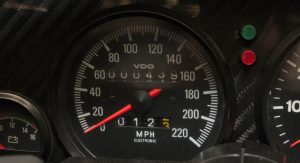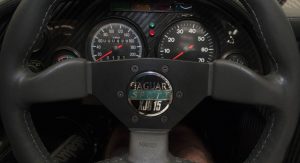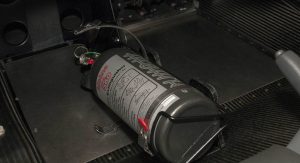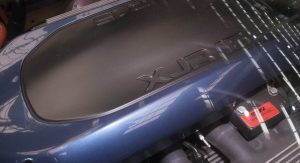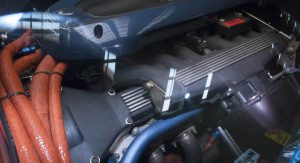Jaguar has had something of a checkered past with its mid-engined supercars. The C-X75 concept, much to our chagrin, never made it to production. And the XJ220, as ground-breaking as it was, came as something of a disappointment to those who’d been anticipating a V12 and all-wheel drive. But before either of those came the XJR-15.
Developed jointly by Jaguar and Tom Walkinshaw Racing (under the Jaguar Sport banner), the XJR-15 was far more of a race car for the road than the luxury automaker’s name would have you believe. In fact it was more closely related to the Le Mans-winning XJR-9 and the Nissan R390 than any production Jag.
The XJR-15 was the first road car to use carbon-fiber construction – even before the McLaren F1, which was styled by the same Peter Stevens. At its heart sat a 6.0-liter naturally aspirated V12 sending 450 horsepower to the rear wheels through a six-speed manual. Old school, this was: no turbos, sequential transmission, all-wheel drive, or four-wheel steering. It could hit 60 in under four seconds and top out at 191 miles per hour – limited only by its short gear ratios.
Jaguar Sport only made 53 examples, each selling for nearly $1 million – practically unheard of in the early 1990s but for rare homologation specials. One example has resided at the Gosford Classic Car Museum in New South Wales, Australia, but is now being sold off via JamesEdition – along with a Ferrari F50, Enzo, LaFerrari, 365 GTC/4, and 250 GTE, a Porsche 959 and Carrera GT, a Lamborghini Miura, and a ’58 Facel Vega HK500.
With only 440 miles on the clock, the museum is asking for $750,000 for this rarest of modern Jags – which is a chunk of change, but could very well prove a bargain considering its scarcity.



